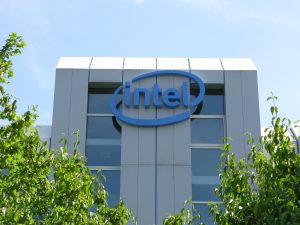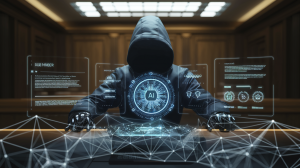Prominent figures set up Bitcoin ALS funding campaign
![]() Most readers are probably well aware of the Ice Bucket Challenge by now. But if you’re still in the dark about why so many celebrities, everyday people, and even big technology company CEOs are dumping buckets of ice water over themselves, it’s because they are raising awareness and funds for a neurodegenerative disease known as amyotrophic lateral sclerosis (abbreviated as ALS, and also known as “motor neurone disease” and “Lou Gehrig’s disease”).
Most readers are probably well aware of the Ice Bucket Challenge by now. But if you’re still in the dark about why so many celebrities, everyday people, and even big technology company CEOs are dumping buckets of ice water over themselves, it’s because they are raising awareness and funds for a neurodegenerative disease known as amyotrophic lateral sclerosis (abbreviated as ALS, and also known as “motor neurone disease” and “Lou Gehrig’s disease”).
The disease makes sufferers lose the ability to control their muscles, which means they slowly waste away, and eventually, die. There’s no cure for ALS yet and until now, the disease has been given very little attention.
On Thursday, Hal Finney, one of the earliest users and developers of Bitcoin, passed away after five years of battling ALS. He had been paralyzed and was finally taken off life support at Paradise Valley Hospital. Fran Finney, his wife, said his body was quickly prepared for cryonic preservation at the Alcor Life Extension Foundation in Scottsdale, Ariz. Finney was a futurist and believes that by freezing his body, he can one day be revived, maybe at a time when a cure for ALS has been found.
In an interview with Andy Greenberg of The Wired, Fran recounts Hal’s involvement in Bitcoin. It was in 2009 when he was diagnosed with ALS and despite the paralysis slowly claiming his life, he was still able to contribute to the Bitcoin community by writing codes using a software that translates eye movement into text. Sadly, the Finney’s didn’t get rich from their early investment in Bitcoin as most of their savings went on healthcare. All of the early Bitcoins they accumulated were traded for dollars long before the cryptocurrency reached its $1,000 value.
After Greenberg’s story about was Finney was published, the family received 25 Bitcoins, which in today’s exchange rate is at about $12,000. They were supposed to use the money to buy Hal a new computer interface that would use an electromyographic (EMG) switch to read electric signals from surface muscle, allowing him to better control his voice and writing software, but the interface was incompatible with the few muscles he still had control of. Now, the Bitcoins will be used to fund Hal’s cryonic procedure that may one day bring him back to life.
At present, there’s no evidence to support the theory of cryonic preservation and eventual revival. Alcor uses a concoction of chemicals called M-22 to replace vital fluids in the human body. These chemicals are designed to be minimally toxic and prevent the formation of ice crystals that cause the destruction of cells. Despite the possibility that this procedure will not yield the desired results in say, a decade or a century from now, Fran can’t help but hope.
“He never said to me, ‘I will come back.’ But he told me, ‘I hope to be back,’” Fran says. “Hal liked the present. But he looked towards the future. He wanted to be there. And this is his way to get there.”
The ALS Association doesn’t yet accept Bitcoin donations but because of Finney’s passing, prominent figures in the Bitcoin community have set up the Hal Finney Bitcoin Fund for ALS Research which will accept Bitcoin donations. BitPay, Inc., which has a zero transaction fee for non-profit organizations, will be handling the donations, and the community has the power to decide which ALS organization will be the recipient of the accumulated funds.
The funding campaign will run through until November 27, 2014 and the payment will be given on December 2, 2014.
The Bitcoin Foundation was the first to donate $100 for the campaign which was in collaboration with Erik Voorhees, co-founder of Coinapult, Jason King of Sean’s Outpost, and bitcoin evangelist Roger Ver.
photo credit: zcopley via photopin cc
A message from John Furrier, co-founder of SiliconANGLE:
Your vote of support is important to us and it helps us keep the content FREE.
One click below supports our mission to provide free, deep, and relevant content.
Join our community on YouTube
Join the community that includes more than 15,000 #CubeAlumni experts, including Amazon.com CEO Andy Jassy, Dell Technologies founder and CEO Michael Dell, Intel CEO Pat Gelsinger, and many more luminaries and experts.
THANK YOU









